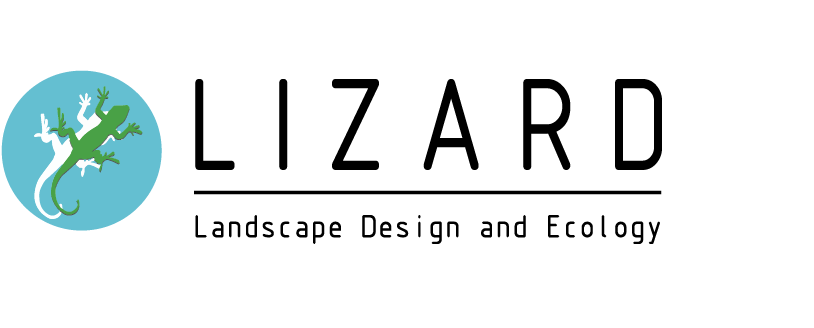The Biggest Threats to UK Wildlife: A Call to Action
The United Kingdom is home to a diverse range of wildlife, from iconic species like red squirrels and hedgehogs to majestic birds of prey like the red kite. However, these precious creatures face numerous threats to their survival. In this blog, we will explore some of the biggest challenges that UK wildlife is currently facing, highlighting the urgent need for collective action to protect and preserve our natural heritage.
Habitat destruction
One of the most significant threats to UK wildlife is habitat destruction. As urbanisation and industrialisation continue to expand, natural habitats are being fragmented or destroyed altogether. Deforestation, land conversion for agriculture, and urban sprawl are all contributing factors. This loss of habitat disrupts ecosystems, displaces wildlife, and reduces biodiversity, making it increasingly difficult for many species to survive.
Climate change
The impacts of climate change are becoming more evident each year, and UK wildlife is not exempt from its effects. Rising temperatures, altered rainfall patterns, and extreme weather events pose significant challenges to both plant and animal species. For example, warmer winters disrupt hibernation cycles and migration patterns, while changing sea temperatures impact marine ecosystems. These changes can lead to shifts in species distribution, reduced reproductive success, and increased vulnerability to diseases, ultimately threatening the very existence of UK wildlife.
Pollution
Pollution, be it air, water, or land, poses a grave threat to UK wildlife. Pesticides and herbicides used in agriculture contaminate water bodies, affecting aquatic organisms and the entire food chain. Air pollution, primarily caused by vehicle emissions and industrial activities, damages respiratory systems and impairs the reproductive capabilities of wildlife. Plastic pollution in oceans and rivers is also a growing concern, as marine animals often mistake it for food, leading to injury or death. Urgent action is needed to reduce pollution levels and protect the health of our wildlife.
Invasive species
The introduction of non-native species can have devastating impacts on native wildlife. Invasive species often outcompete native species for resources, disrupt ecosystems, and even cause extinctions. Examples include the grey squirrel, which outcompetes the native red squirrel for food and habitat, and the signal crayfish, which spreads diseases fatal to the native white-clawed crayfish. Controlling and managing invasive species is crucial to maintaining the delicate balance of UK ecosystems.
Overexploitation
Overexploitation of wildlife resources is another significant threat to UK wildlife. Unsustainable hunting, fishing, and trapping practices can lead to population declines and even extinction of certain species. For instance, the illegal trade in wildlife products, such as ivory and exotic pets, puts immense pressure on vulnerable species worldwide. In the UK, illegal hunting and poaching still occur, affecting species like badgers and birds of prey. Implementing and enforcing strict regulations, promoting responsible fishing practices, and raising awareness about the consequences of overexploitation are essential steps in protecting the delicate balance of our ecosystems and safeguarding the future of UK wildlife.
If you’re concerned about the potential impact your development work may have on the environment, consult Lizard Landscape Design and Ecology. We offer specialist ecological services to complete your landscape development project and assist in determining the ecological impact a development could have on its environment. Our ecological consultants have decades of experience performing ecological surveys to ensure natural habitats are protected and cared for throughout the development process. Contact us today to learn more about what we do.

